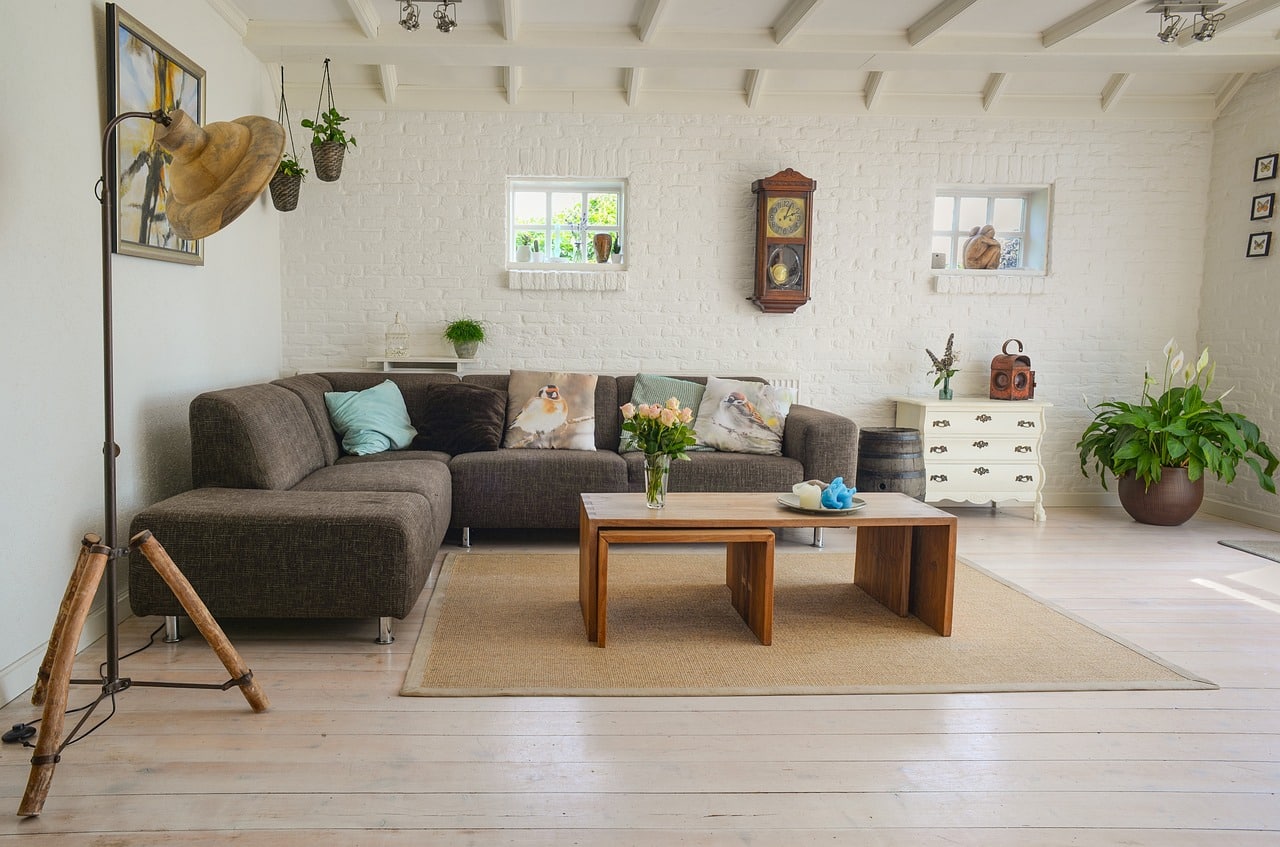Tips for Incorporating Sustainable Decor in Your Home?

Welcome to your ultimate guide for transforming your home into a sustainable haven. Let us journey together through the world of eco-friendly design, where natural, sustainable materials meet innovative design to create a beautiful, comforting, and environmentally responsible interior.
Choosing Eco-friendly Materials for Your Home Decor
The first step in creating a sustainable home is selecting the right materials. Whether it’s the furniture, the flooring, or the ornaments, every item in your home plays a role in determining its ecological footprint.
In the same genre : What's the Ideal Lighting Scheme for a Cozy Dining Area?
A great way to start is by choosing furniture made from sustainable, natural materials. Today, more and more furniture companies are considering the environmental impact of their products, offering furniture made from recycled or sustainably sourced wood, bamboo, and other materials. And it’s not just about the source; look for furniture that’s been treated with non-toxic, environmentally friendly finishes.
But it’s not just about furniture. Consider your flooring, too. Bamboo, cork, and reclaimed wood are all excellent eco-friendly options that bring a warm, natural feel to your home.
Also to discover : How to Set Up a Functional Home Recycling Station?
In addition to the larger pieces, think about the smaller elements of your decor. From candles made from soy wax, to cushions filled with organic cotton or wool, every piece contributes to the overall sustainability of your home.
Energy Efficient Design and Decor
Incorporating sustainable decor in your home is not just about choosing the right materials. It’s also about how you use those materials to create a more energy-efficient home.
Natural light is your new best friend. Maximising natural light in your home not only reduces your reliance on artificial lighting but also helps to create a warm, welcoming atmosphere. Consider installing larger windows, or if that’s not possible, strategically placing mirrors to reflect more light into your home.
Choosing energy-efficient light bulbs is another simple way to reduce your home’s energy consumption. LED bulbs, for example, last longer and consume less energy than traditional incandescent bulbs. Plus, they’re available in a range of colors and styles, so you can still create the ambiance you desire.
Also, don’t forget about insulation. A well-insulated home will stay warmer in winter and cooler in summer, reducing your need for heating or cooling. Use rugs, curtains, and draft excluders to prevent heat loss, and consider investing in energy-efficient appliances.
Integrating Greenery into Your Sustainable Home
Nothing says ‘eco-friendly’ like a touch of green. Plants are not only a great way to bring nature indoors, but they also help to improve air quality, create a calming environment, and even reduce ambient noise levels.
When choosing plants for your home, consider species that are easy to care for and suited to your home’s light levels. Spider plants, snake plants, and pothos are all excellent options.
But it’s not just about houseplants. Why not create an indoor herbal garden in your kitchen? Not only will you have fresh herbs on hand whenever you need them, but you’ll also reduce the need for store-bought herbs, which often come in non-recyclable packaging.
Conscious Consumption: Buying Less and Buying Better
Creating a sustainable home is also about the choices you make when you shop. By consciously choosing to buy less and buy better, you can significantly reduce your home’s environmental impact.
Instead of buying new, consider buying second-hand. From furniture to decorations, many second-hand items are just as good as new, and have the added benefit of keeping goods out of landfill.
When you do buy new, choose products from companies that prioritize sustainability. Look for items with certifications such as Fair Trade, which guarantees that products are made in conditions that respect both the environment and workers’ rights.
Finally, think long-term. Choose quality over quantity, opting for items that will last and can be repaired, rather than replaced. In the end, you’ll save money and reduce waste.
Waste Reduction: The Final Piece of the Puzzle
Finally, let’s talk about waste. Becoming more sustainable at home isn’t just about what you bring in, but also about what you throw out.
Recycling is, of course, important, but it’s only part of the solution. A truly sustainable home aims to reduce waste altogether. This can be achieved by composting organic waste, reusing items as much as possible, and choosing products that come in recyclable or compostable packaging.
By incorporating these principles into your home, you’ll not only create a beautiful, comfortable space, but also make a positive impact on the environment. So, why not start today? With these tips in mind, you can begin to transform your home into a sustainable sanctuary.
Incorporating Sustainable Design Principles in Your Home Layout
In order to create a truly eco-friendly home, it’s key to incorporate sustainable design principles into your home’s layout. The structure and design of your home can significantly contribute to creating an energy efficient and environmentally responsible space.
When planning your rooms, consider how to maximize natural light. Open floor plans, for instance, facilitate the flow of light throughout your home, reducing the dependence on artificial lighting. Opting for larger, thermo-insulated windows can also provide greater natural light and help maintain the temperature of the rooms, reducing energy consumption.
For existing rooms, rearranging your furniture can create a more energy-efficient layout. Position furniture and decor items to avoid obstructing natural light sources. Incorporate reflective elements in your decor, such as mirrors and shiny metallic accessories, to further enhance the distribution of light.
Pay attention to the orientation of your home as well. Rooms that receive sunlight can be used more during the day, which can contribute to lowering the electricity bill.
Remember, your choices in interior design can help improve both the aesthetic appeal and the sustainability of your home. Sustainable design goes beyond just choosing eco-friendly materials; it’s about how you utilize those materials and your space to reduce your home’s carbon footprint.
Conclusion: Making Your Home a Sustainable Sanctuary
Creating a sustainable home is a journey, not a destination. It involves conscious decisions, from the selection of eco-friendly materials to the principles of sustainable design. It’s about how you light your rooms, how you lay them out, and even the types of plants you have.
Remember that every change, no matter how small, makes a difference. Switching to LED light bulbs, incorporating indoor plants, or purchasing second-hand furniture all contribute to reducing your home’s environmental impact. These changes do not happen overnight, but with time, they transform your living space into a sustainable sanctuary that is both beautiful and eco-responsible.
As you embark on this journey, remember that your efforts not only contribute to a healthier, more sustainable home design, but also to a better world. By choosing to create a sustainable interior, you’re playing a part in promoting environmental sustainability and reducing the carbon footprint of your home.
So, start today. Make your home decor choices count. Use these tips to transform your living space into an innovative, eco-friendly home. Keep in mind that sustainable living isn’t just about the big changes; it’s also about the small, everyday choices that add up to make a significant difference. Together, we can promote a more sustainable lifestyle and contribute to a greener world.
